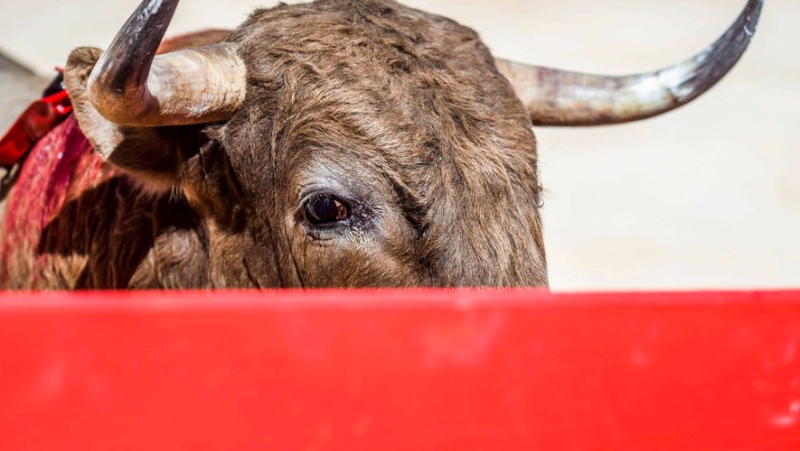“If there is no bullfight, there is no feria”, for André Viard, president of the Bullfighting Cultures Observatory

The brave breed of bullfighter remains closely linked to the ferias of the South. Midi Libre – MiKAEL ANISSET
While the Nîmes feria is in full swing, the former matador, now a journalist, delivers his analysis on the link between ferias and bullfights.
A bullfight without a bull, is it possible ?
If there is no toro, there is no feria. Historically, in France, all ferias were born around the toro. Some have experienced exponential growth, I am thinking of large cities like Nîmes, Arles, Béziers, Dax… They built the ferias because there were bullfights. There were the bullfights first, then the ferias. Afterwards, success conditions the rest of the activity.
And in certain places, we could see that it was ultimately easier to set up a bullfight than a bullfight. While continuing to have the entertainment around to keep the beer pumps running. This is an unavoidable reality, which serves to measure the aficion of the people who have taken charge of the destiny of bullfighting in their city.
In these large cities, would ferias remain viable without bullfights ?
We can say that the Oktoberfest is viable, even without bullfights. But if I'm not mistaken, the initial contribution of bullfights means that today, in the ferias, we dance sevillanas, we don't hit each other on the thighs, in underwear. leather. There is an undeniable cultural dimension.

André Viard regrets the sometimes too large number of organized bullfights. EFE – J.Casares
But there must be a driving force of passion, the desire to perpetuate the tradition. Especially in places where it is more difficult to achieve economic balance.
But there is no judgment to be made on this, and it is obvious that it remains easier in big cities to maintain a sufficiently large pool of aficionados powerful so that the question does not arise.
Where the tradition continues, in the bullfighting towns, the number of bullfights has been declining for several years ?
We need to look at a longer trajectory. In the golden age, with bullfighters like Belmonte or Joselito (the years 1910-1920, Editor's note), there were 300 bullfights in all, France and Spain combined. We are more than double today. There was a surge of fever when the economy was favorable, at the end of the 20th century. There, we had increased, in my opinion in an inconsiderate manner, especially in Spain, the number of bullfighting shows. Because a parallel and artificial economy favored it: there were large entrepreneurs wanting to obtain contracts who sponsored bullfights in the villages, or competition between private televisions to broadcast bullfights.
A financial windfall then fell on the world of bullfighting, which benefited from it for around ten years. Afterwards, the financial crises which shook the global economy affected everyone. So we have returned to a low water level which remains, in the major ferias, still much higher than what it was 50 years ago. Even if we talk about a bullfighting planet, bullfighting still lives in a global economy. With people’s purchasing power declining. Wisdom therefore recommends adapting the market to demand. And not the other way around.
I subscribe to read more



